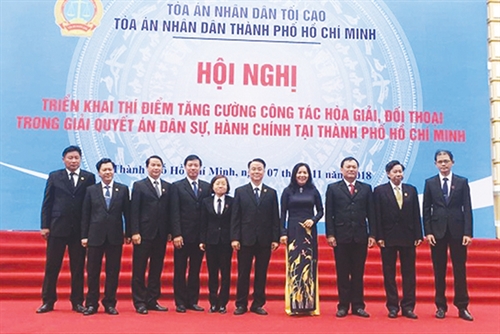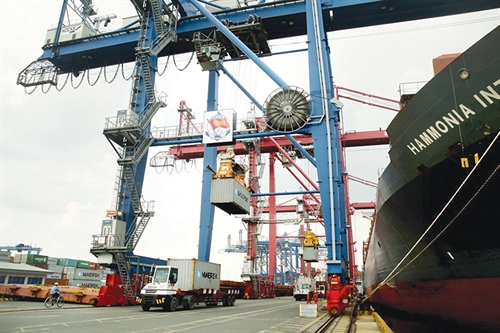The Ministry of Planning and Investment (MPI) is working on a draft law on investment in the form of public-private partnership (PPP), requiring PPP projects to have the total investment of at least VND 200 billion (USD 8.8 million).
 |
| Deo Ca tunnel linking Phu Yen and Khanh Hoa provinces, which is built under a PPP project__Photo: Internet |
As explained by the drafting board, PPP contracts are normally long-term ones that necessitate many governmental commitments. Thus, the requirement on the minimum total investment for PPP projects is needed to enable the selection of “worthy projects” for investment in this form, thus preventing thinned-out investment leading to low investment efficiency.
Under the draft law, PPP projects would be classified according to their size and competence to decide on investment policy. Specifically, the National Assembly (NA) would approve investment policy for projects using a public investment capital of VND 20 trillion (USD 880 million) or higher. The Prime Minister would approve investment policy for projects capitalized at VND 4,500 billion (USD 194 million) or higher or having an investment capital of under VND 4,500 billion but using a public investment capital of VND 1,500 billion (USD 65 million) or higher. As for other projects, investment policy would be approved by line ministers or chairpersons of provincial-level People’s Committees.
The draft also proposes two options on allocation of state funds to PPP projects.
As per the first option, a PPP project development fund would be set up with the function of allocating state funds and granting guarantee for PPP projects. According to the MPI, this option has the advantage of flexibility and proactivity in capital management, including also fund raising and disbursement activities. Moreover, the availability of governmental commitments, ranging from capital contribution to guarantee mechanism, would increase attractiveness of PPP projects, thus luring more investors. However, the feasibility of such plan is still in doubt.
The second option proposes reserving a separate line for PPP projects in public investment plans. As explained by the MPI, once capital plans for PPP projects are placed under the overall balance of national public investment capital, it would be easier to obtain consensus from the NA. If this option is selected, there would be separate regulations on methods of making medium-term public investment capital plan (for public investment capital) and financial-budget plans (for current expenditures), appraising and approving funds for PPP projects.
The draft will be brought up for discussion at the NA’s 8th session this October.- (VLLF)









